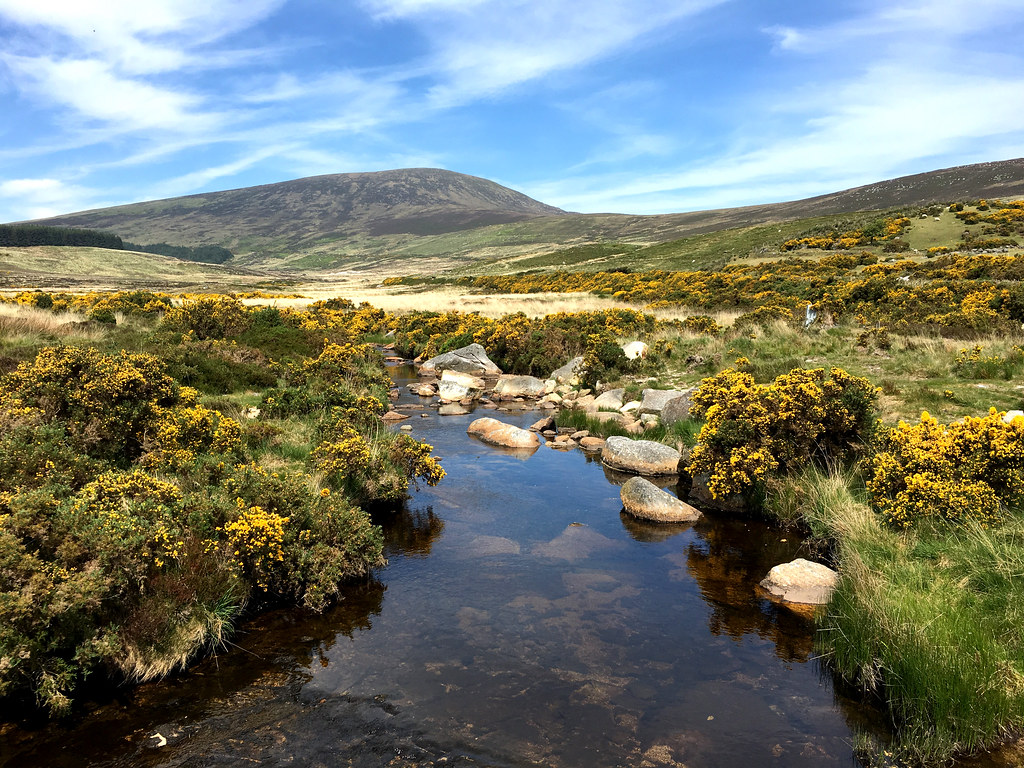
In 1981, “Indiana Jones and the Raiders of the Lost Ark” was released into theaters and I was a wee lad of just 5 years old. I’m pretty sure I never saw such an adult movie in the theaters, but I quickly watched it on VHS, to be followed up by the other movies in what surely must be one of the best franchises ever created. Kids are naturally impressionable and the storyline of Indiana Jones fed right into my own interests, even as a precocious child. History, exploration and knowing the unknown, these all drove me from an early age and while I never became a swashbuckling archeologist, I never lost that love of ancient civilizations and seeking the unknown. That was just one of many reasons why I was so excited to explore Ireland’s Ancient East in partnership with Tourism Ireland. These are historic sites and places I’d been reading about for decades and to see them all in person was almost too good to be true. Over the course of a week I learned more about the people who once called Ireland home, from the extreme past to more recent ancestors, but all adding to the Irish story in their own ways. There’s a lot to see and do in this region of Ireland, but if you’re searching for lost civilizations as I was, then here are some ideas on how to get started.
Ireland’s Ancient East
There’s something about a great driving route that I love when I travel. As a Type A kind of person I suppose I like the defined start and finish to a route, the many stops along the way and of course just the drive itself. Ireland’s Ancient East is a little different though, unlike its cousin the Wild Atlantic Way, this is a much less defined way to explore Ireland. Geographically speaking, Ireland’s Ancient East covers the area outside of Dublin and east of the River Shannon, extending from Carlingford to Cavan and south to Cork City, including East County Cork and East County Limerick. But it’s this somewhat amorphous nature of the region that makes it so much fun to explore. Without a predetermined drive, it’s up to the wanderer to follow their interests and to see where the path leads. It’s a fun and exciting way to travel because it amplifies our own innate sense of wonder and adventure.
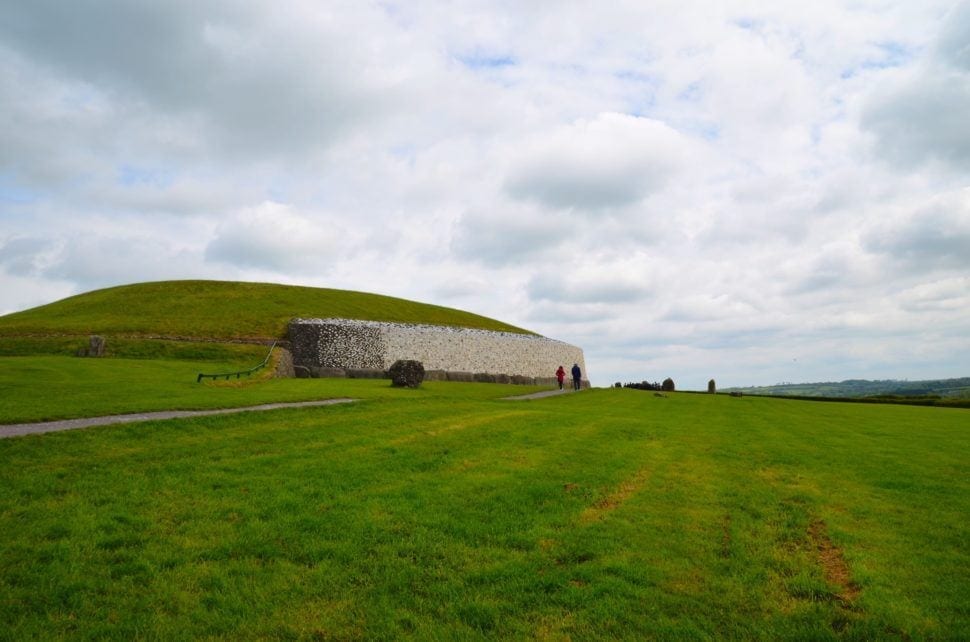
Bru na Boinne (Newgrange)
At the center of ancient experiences in Ireland is without a doubt the remarkable complex at Newgrange or Bru na Boinne, the famous Neolithic tomb site near Drogheda. More than 5,000 years old, this passage tomb, along with others nearby, sat undisturbed under pastureland for centuries until they were finally rediscovered and presented to the public. Walking into the tomb itself, I couldn’t help but be amazed as I scanned the ornate circular design work carved into the rock, still there after all of these years. Newgrange, along with others nearby, are the best known tombs of this kind in Europe and to stand there in front of them is just one of those special travel moments that I’m positive no one forgets.
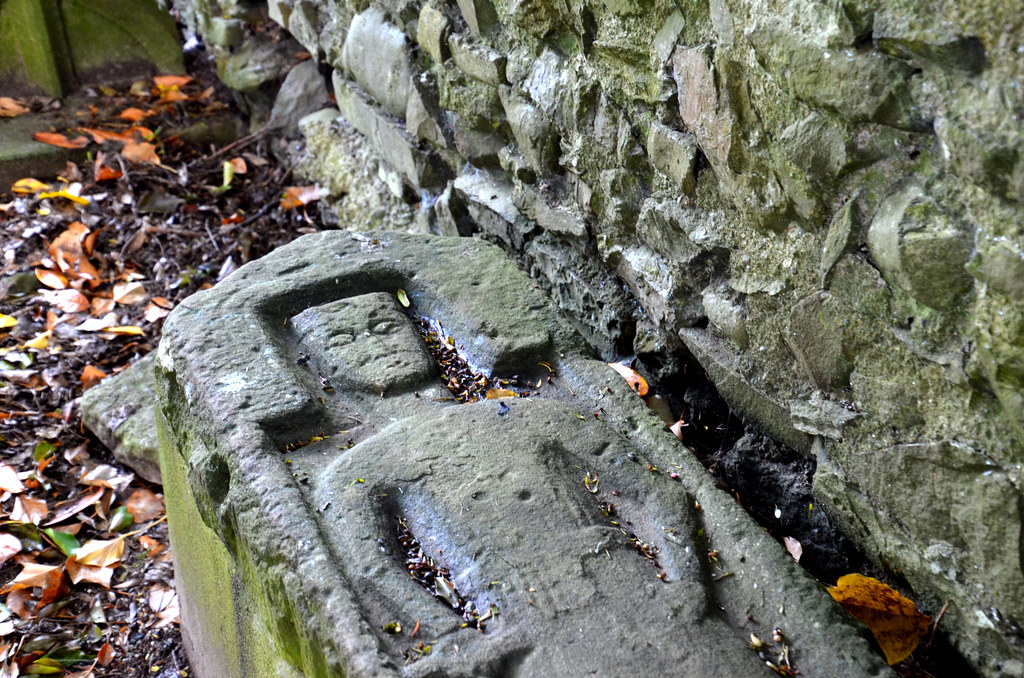
Kells
When I was 22 I backpacked around the UK and spent a lot of time in Scotland, including a visit to the small island of Iona where St. Columba once lived. I’ve always loved history and enjoyed learning about St. Columba, an early Irish religious figure who helped spread Christianity throughout the British Isles. He’s also an important figure due to his connection with the town of Kells, where the famous illuminated manuscript was written. Visiting on a sunny morning, I spent an hour with a local guide who took the time to share the highlights of this small but ancient town, one that was at the center of early Irish history. Not far from Kells is the gathering spot where early Irish clans met to exchange goods, stories and even get married. Kells itself was home to an important monastery, remnants of which can be seen in the ancient Celtic crosses. Today it’s a lovely little town, the ideal place to use as a home base for exploring the region or just relaxing for an afternoon.
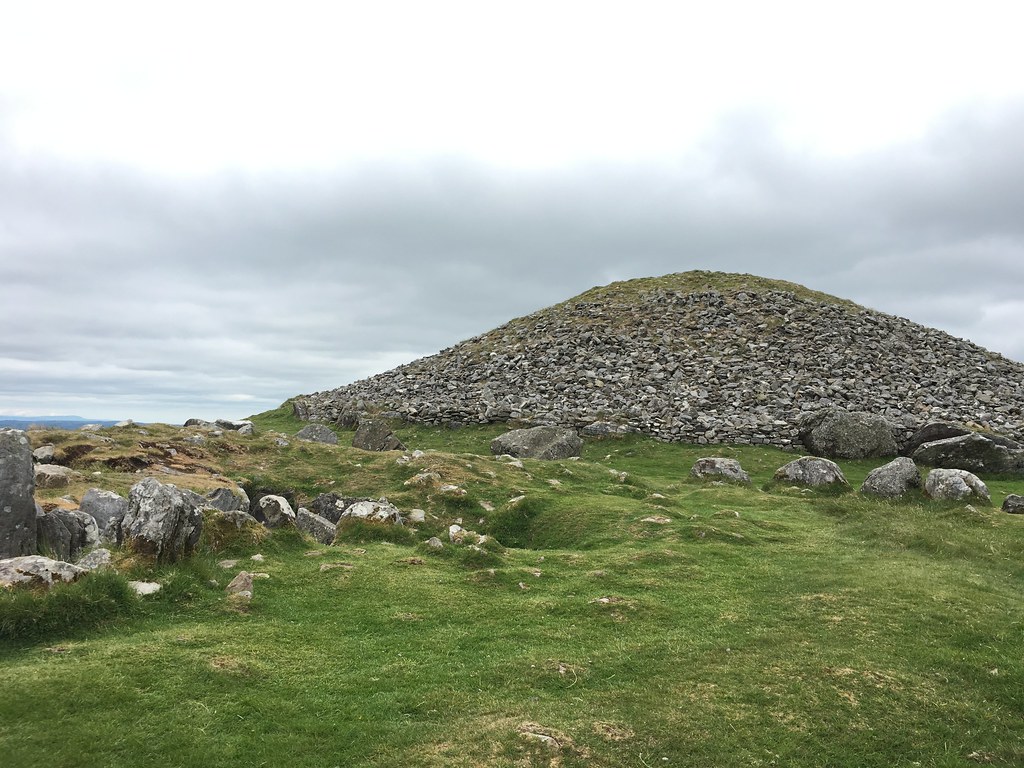
Loughcrew
While not as famous as Newgrange, there’s no doubt that the burial mounds at Loughcrew are just as important and since they’re well off the beaten path, chances are you’ll have this impressive site all to yourself. The adventure starts with a visit to the nearby Loughcrew Megalithic Centre, where you can enjoy some coffee and a snack before enlisting the help of a guide to share the best of the Neolithic site. Walking up the grassy, sheep-covered hill to the burial mounds is well worth the jaunt. The views from on top of the hills of the surrounding valley are amongst the best you’ll find. Stretching out seemingly forever, it gave me a better idea of not just how large the area is, but how incredibly green and picturesque it all is. Naturally though, the centerpiece is the burial mound itself and, if you have a guide, you can even go inside to see the ancient petroglyphs still easily admired today. 5,000 years is a long time and the fact that we still have these remnants of people long gone from the earth amazes me, making this not only a fun stop, but an important one as well.
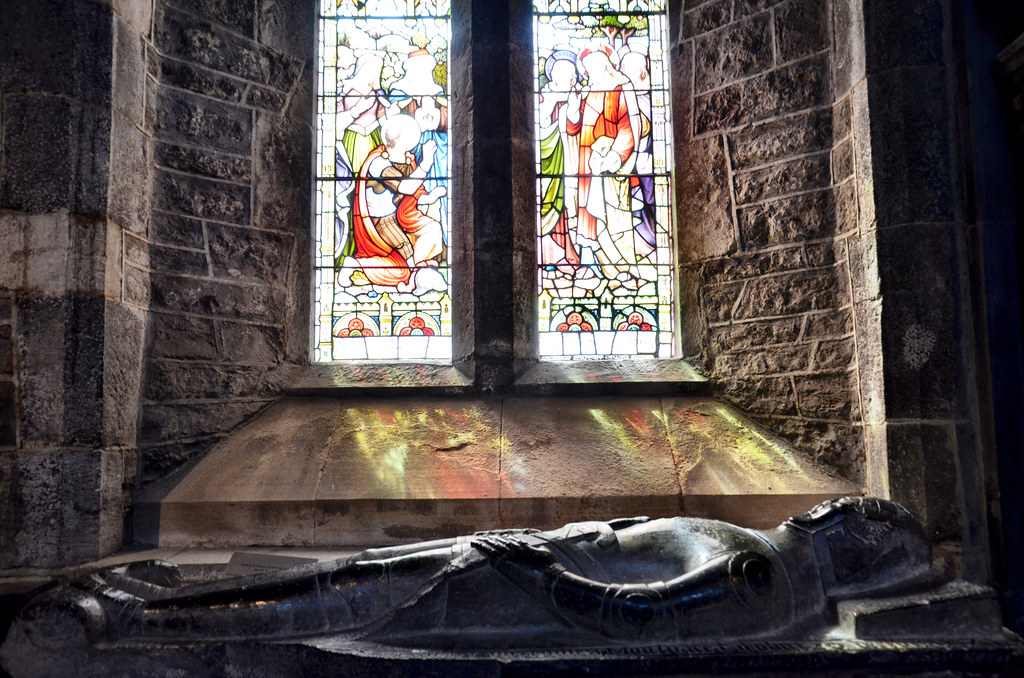
Kilkenny
Kilkenny charmed me in almost every way and I quickly found myself falling in love with this ancient city. Today there’s a lot to see and do not only in Kilkenny, but in the surrounding areas from beer tours to enjoying world-class luxury hotels. But if you’re in search of Ireland’s ancient past, then there’s a certain church that is not to be missed – St Canice’s Cathedral. This was an early Christian pilgrimage destination and the church is one of the oldest in the country. There’s even an old Round Tower next to the church which visitors can climb, only one of three in Ireland in such remarkable condition. From the top of the tower I gained a better perspective of the city and nearby countryside, scouting out my next steps as I explored Kilkenny.
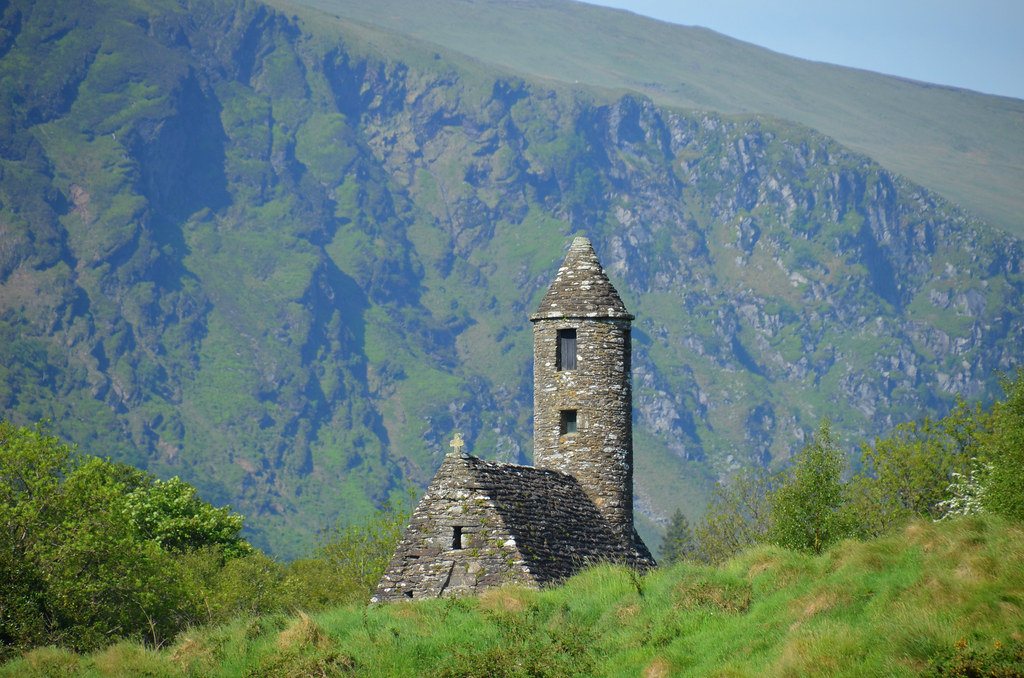
Glendalough
Meaning the “Valley of the two lakes” in Irish, Glendalough is a popular getaway for a few reasons, namely a certain St. Kevin. A 6th century hermit who actually lived in the caves above the Upper Lake pictured here, a large pilgrimage site popped up nearby in his name a couple of hundred years after his death. Today the chapels and towers are largely in ruin, but make for a fantastic visit. Glendalough also lies within the massive Wicklow Mountains National Park and there are bunches of walking and hiking paths for all levels, even if you just have an hour to spend meandering along the green paths. Spending a couple of hours exploring, this lake was one of the highlights of the walk – I think I was just so surprised to see it that I immediately loved it. But the entire site, from the monastic ruins to the hikes, are worth a visit to see and experience a more natural side to Ireland’s Ancient East.
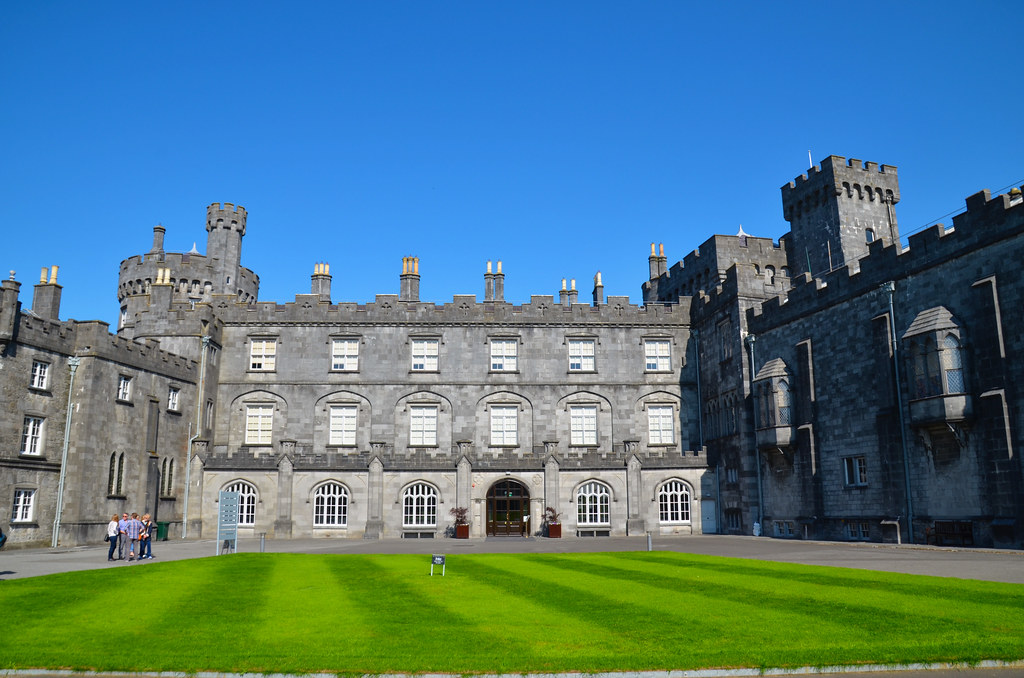
Extra Credit Castles – Slane, Trim, Kilkenny
While certainly not ancient, the many castles found throughout Ireland’s Ancient East add a certain element to the experience that I think is important. Mostly built in the Middle Ages, they may not share the story of Ireland’s original founding, but do share important aspects of its history. Plus, who doesn’t love a good castle, especially when they’re still in amazing condition? Slane Castle was the first one I visited, and there you can tour the grounds and rooms of the castle and soon, there will even be a distillery on-site where guests can enjoy some great whiskey, along with light bites as well. Trim Castle dates back to the 12th century and is the country’s largest standing castle. It’s also an impressive site unto itself and at the top of the towers you’ll find amazing views of the city and countryside. Finally, Kilkenny Castle probably does the best job of sharing what castle life is really like. Located in the heart of Kilkenny, the Castle is one of Ireland’s best-known landmarks and after my morning visit, I quickly understood why. A massive building, the self-guided tour through its many rooms gives a better idea of what it must have been like to have been part of the aristocracy centuries ago.
Ireland’s Ancient East has a lot to offer curious visitors, from the very modern to sights created at the dawn of our civilization. It’s remarkable really, if you think about it, that such a wide swathe of the human experience is on full display, just waiting to be discovered in such a compact area. That’s the beauty not only of Ireland’s Ancient East, but of Ireland itself of course. The country never fails to disappoint, no, on the contrary it always manages to surprise me with new and usually exciting experiences, just waiting to be enjoyed.
